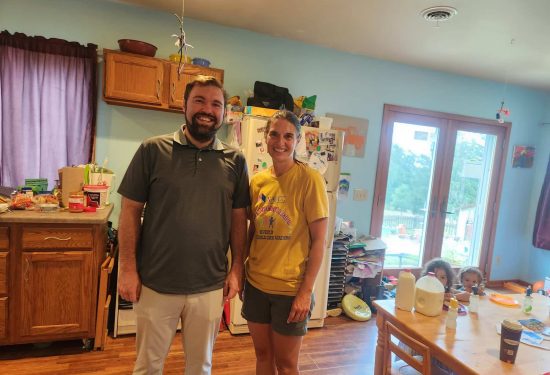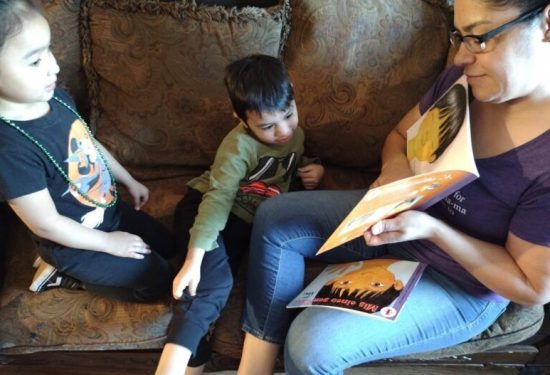In an economy hobbled by COVID-19, Home-Based Child Care (HBCC) is one of the few services left standing. Ensconced within every neighborhood in the country and trusted by diverse families, HBCC is ideally positioned to ramp up to respond to the complex and multiple needs that families are now experiencing. HBCC already provides education and care for young children and referrals for health and social services to the families of those children. With funding, planning, and implementation support, HBCC can expand its service complement to include comprehensive services for children and their families.
COVID-19 has made the need for comprehensive services – long offered through the Head Start and Early Head Start service models – more pressing. Now is the time to use the HBCC structure to scale the effective, two- generational approach embodied in comprehensive service delivery.
In this paper, we refer to comprehensive services broadly to define a variety of supports that children, families and providers need in order to thrive, particularly physical and mental health services, nutrition, emotional supports, social and economic support and disabilities services. We outline several examples of comprehensive support programs within the Head Start/Early Head Start program and in other early learning approaches.



